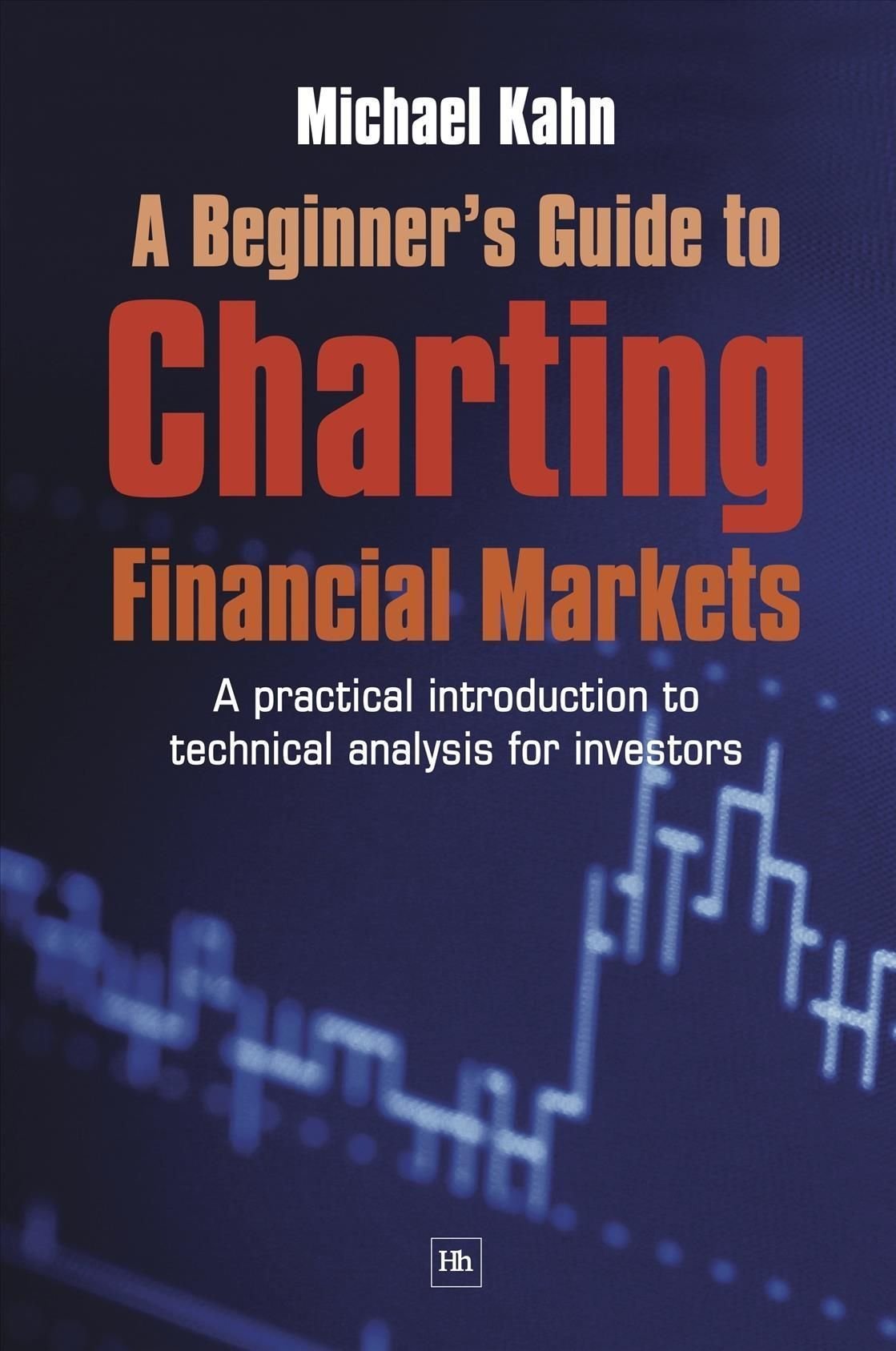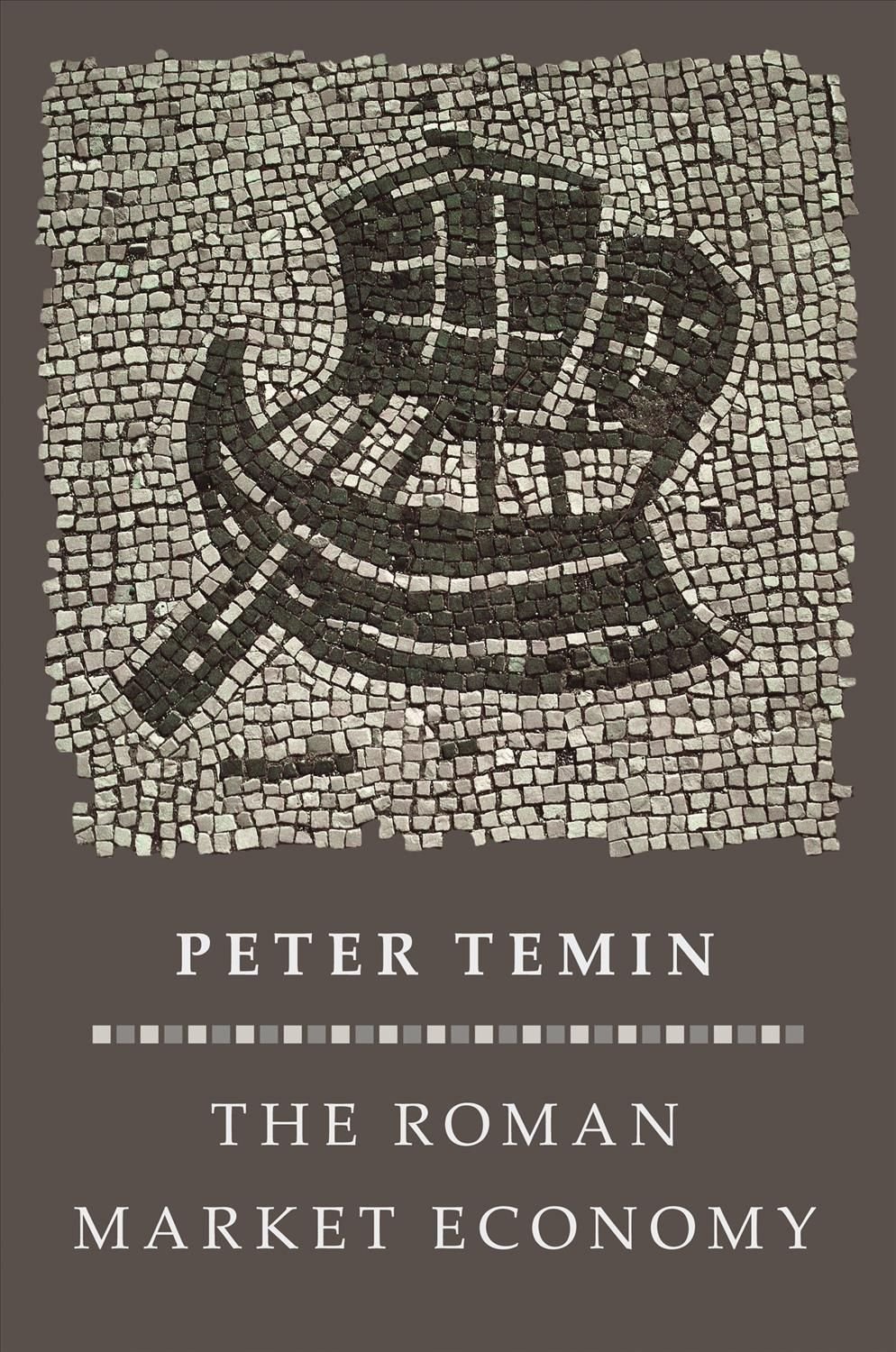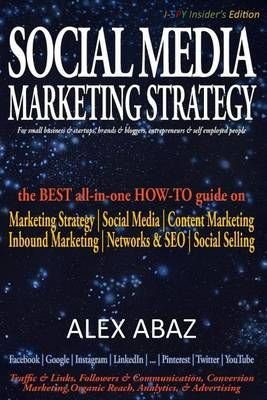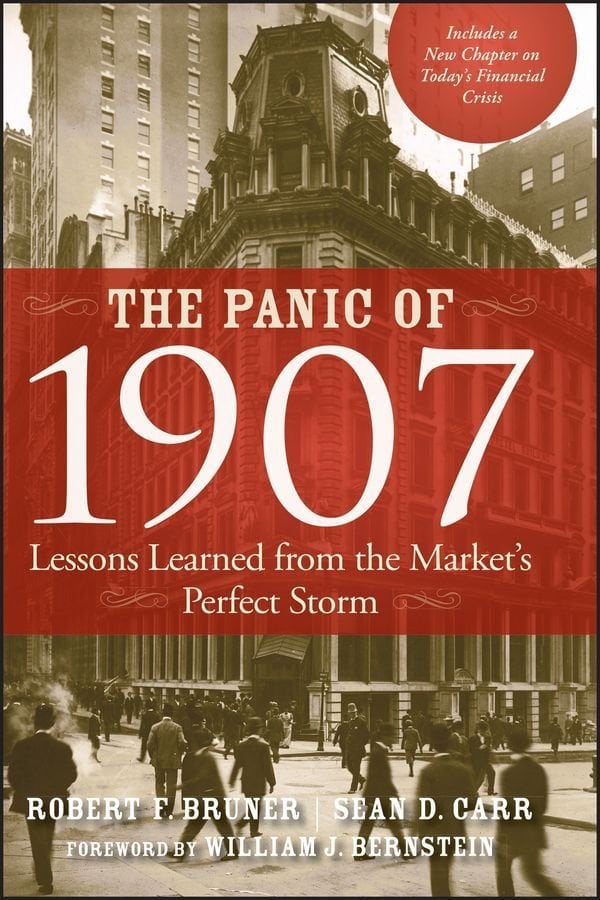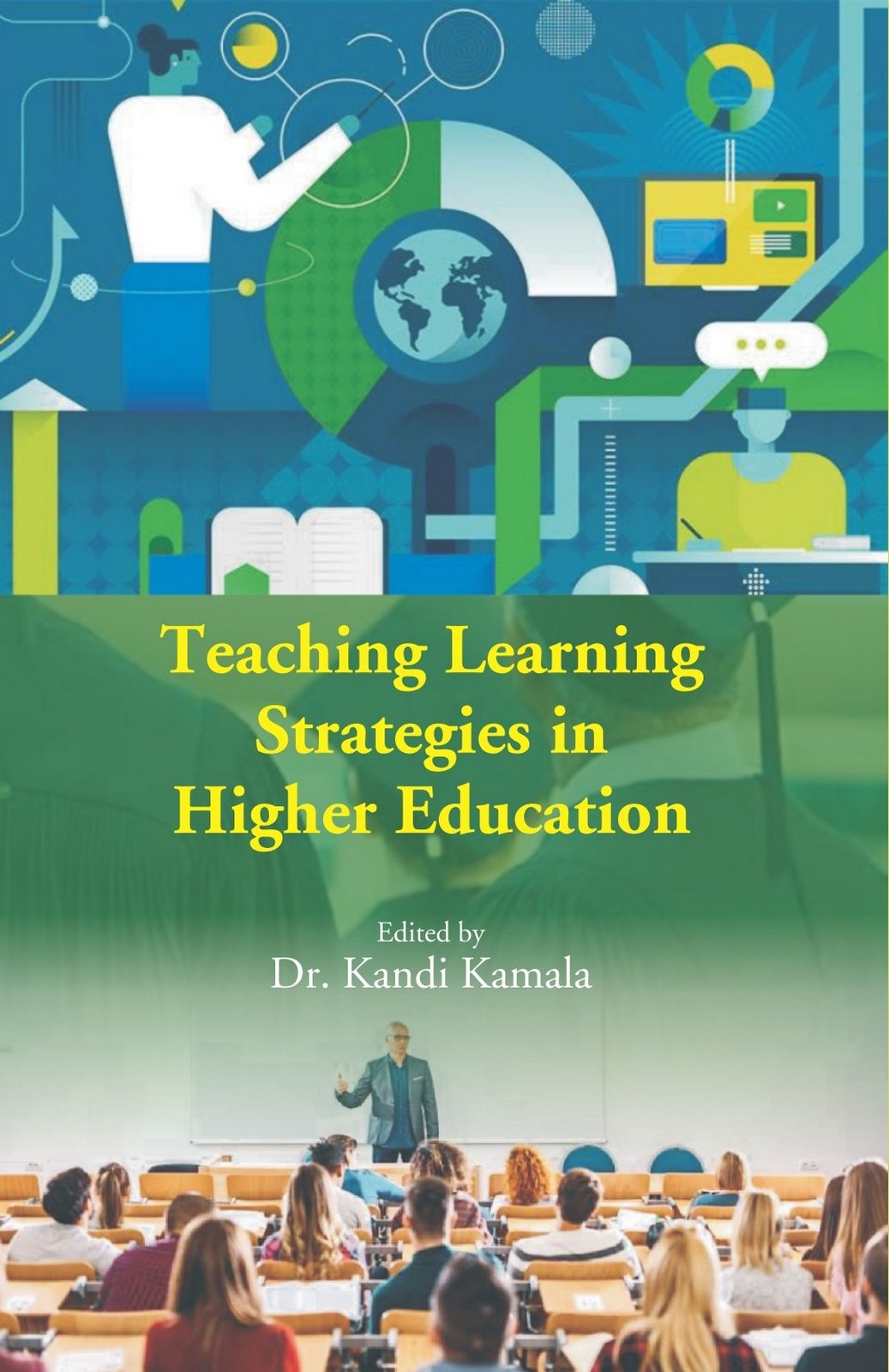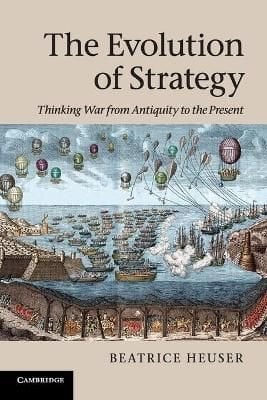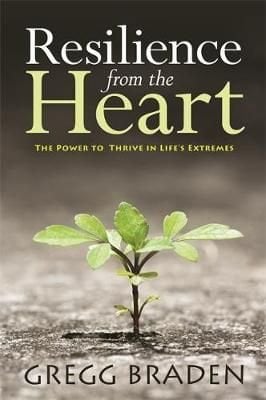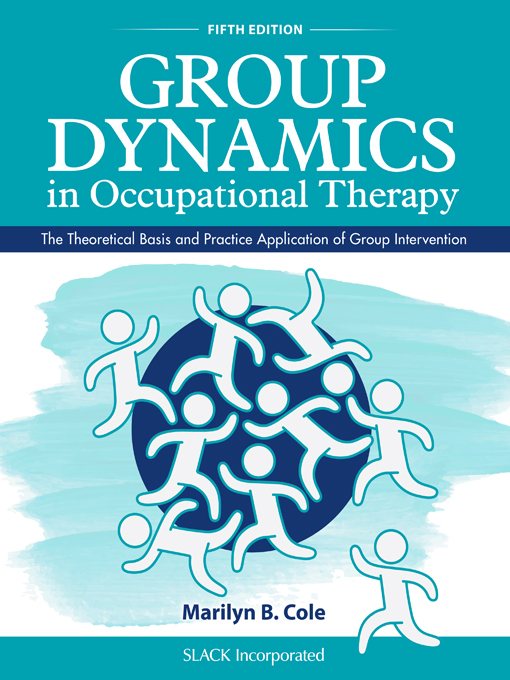Today, the majority of large international stock exchanges operates electronic trading systems and abandons more and more floor trading which relies upon specialists and market makers. The preferred trading mechanism is the so-called open limit order book, which induces continuous double auction trading without any market participants designated to facilitate trading through their own trading activity. Trading in these market structures is considered the more attractive the smaller the spread between the highest buy and the lowest sell limit order, i.e. the more liquid a market is. This leads to the question which market participants are willing to enter buy and sell limit orders in the open limit order book to enable liquid trading. Traditional theoretical literature concludes that exclusively uninformed traders enter limit orders and provide liquidity while impatient informed traders enter liquidity-consuming market orders. Recent, primarily experimental studies question this rigid distinction. This is the starting point for Ms Hachmeister’s thesis, when she analyzes - based upon an individually compiled extensive set of transaction data - informed traders’ order type choice.




